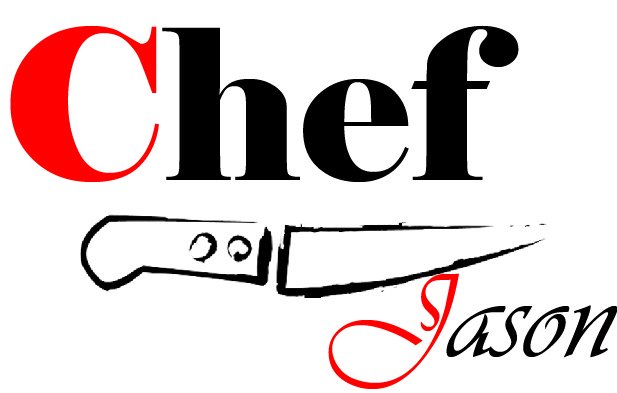Bodi / Bora / Asian Long Beans - The Cheap Filler Veg
Bodi and Sada Roti - Sounds like a True Trini Breakfast Item
Quite versatile and resilient, The Asian Long Bean known colloquially to us as the Bodi Bean happens to be a favorite in many different types of cuisine here in our twin land. Also known as bora, asparagus bean or snake bean; here in Trinidad - bodi is eaten as a curried talkarie with rice or roti, stir fried with vegetables of all varieties, it can be steamed gently and eaten with fish as a healthy alternative as well as even being heartily prepared with boiled provisions as to balance some vegetable intake.
Used quite diversely in salads also, Bodi has the potential to improve nutrition, boost food security, foster rural development and support sustainable land care. Its properties both food wise and agriculturally prove to be quite diverse and rich of possibilities. Bodi is grown primarily for its strikingly long lengthily character, measuring to lengths ( 45- 50 cm )
There is the common misconception that Bodi is related to the traditional green bean, as it cooked and treated similarly to that. However Bodi is characterized as a legume that is close kin to the black-eyed pea.
It’s planted primarily in Asian countries, which dates back to the imperial era where the Asian long bean was deemed to be a sustainable crop that was quite inexpensive to plant and reap and therefore fed mass quantities of people. The Bodi pods, which begin to form just 60 days after sowing, hang in pairs supported with its vine like character. These vines run as to attach itself onto supportive branches and twigs. They are best, if picked a little before they reach full maturity, as the long bean is softer and more pliable resulting in a more tender and delicious product.
The plant is subtropical/tropical and is mostly grown in the warmer parts of Southeastern Asia, Thailand, and even in the Caribbean. It is a very interesting plant to grow - you almost need to check/harvest bodi everyday because they grow very quickly in warm climates. It is, however, sensitive to the temperature and grows relatively slow in mild/cold environments. The Edible pods are very crisp, tender and delicious and are generally cut into shorter sections and cooked like normal green beans. The Bodi bean not only possesses immense sustainable character and versatile cooking methods but they prove to be a good source of protein, vitamin A, thiamin, riboflavin, iron, phosphorus, and potassium, and a very good source for vitamin C, folate, magnesium, and manganese.
When I worked in Grenada at a Resort Hotel, I remembered distinctly the Executive Chef would instruct us to finely slice the bodi and use it as a filling for omelets and even for vegetable quiches. It is with this versatility that makes Bodi such a flexible ingredient that many people can appreciate and enjoy. The color of the Bodi Bean varies somewhat, from a pale green to a very deep almost forest green. As far as the taste, most types of the long bean has a very similar flavor to Western green beans, and can be used in many of the same ways. One popular way I use it in my kitchen is in a vegetable stir-fry. Typically the bean will be cut into sections three to five inches in length, and paired with slivers of carrots, eggplant, tofu and finished with a bit of Asian black bean sauce.
Through my time of cooking, I’ve learnt that what ever way you may prepare an ingredient, once you put all your effort and care into it, many will love what you have created and others will admire your creativity and dedication even though they may not fancy the particular method. Either way you satisfy the appetites and wants of the majority.
Today I have decided to showcase a little more of a flamboyant side of bodi by executing a Bodi Tempura with a citrus and fish sauce dip. Traditionally a Japanese appetizer , I would like to present it to the readers in a very approachable and playful way as to not intimidate one’s ability to try.
Enjoy.
Bodi Tempura with a Citrus and Fish Sauce Dip.
Ingredients
3 Cups of vegetable oil, for deep frying
1/2 pound Bodi ( Cut into 4” Lengths )
Tempura Batter.
1 cup flour
7 fluid ounces very cold club soda
Salt and freshly ground black pepper
Method
(1) Using a fork, gently combine the flour and club soda in a small bowl.
(The batter will appear slightly lumpy and should have the consistency
of heavy cream.)
(2) Season with salt and pepper to taste. (The bubbles in the soda water help keep the tempura light and crispy; therefore it is important to make the batter just before using it.)
Citrus Fish Sauce Dip
1 tablespoon rice wine vinegar
7 tablespoons fish sauce (nuoc mam)
2 tablespoons sugar
1/2 cup cold water
Juice of 1 lime
2 tablespoons finely julienned carrot
1/4 cup minced fresh cilantro ( Chadon Beni )
2 large cloves garlic, minced
2 jalapeño peppers, ribs and seeds removed, finely chopped
Method
Mix all the ingredients together in a medium bowl, stirring until the sugar is dissolved. Store in the refrigerator until ready to use.
For Frying
(1) Heat the oil to 350 degrees F.
(2) Dip each piece of bodi into the Tempura Batter and shake off any excess.
(3) Carefully drop each bean into the hot oil and fry for about 90 seconds, turning them with a slotted spoon until they are just golden and crisp.
(4) Remove the beans from the fryer and drain them on paper towels. Season with salt and serve immediately, with the Citrus Fish Sauce Dip on the side.
#Chefjasonperu / #Bodi/ #Trinidad / #AsianLongBeans / #Tempura/ #Bora/ #Cooking #TheOriginalBubblinStar

